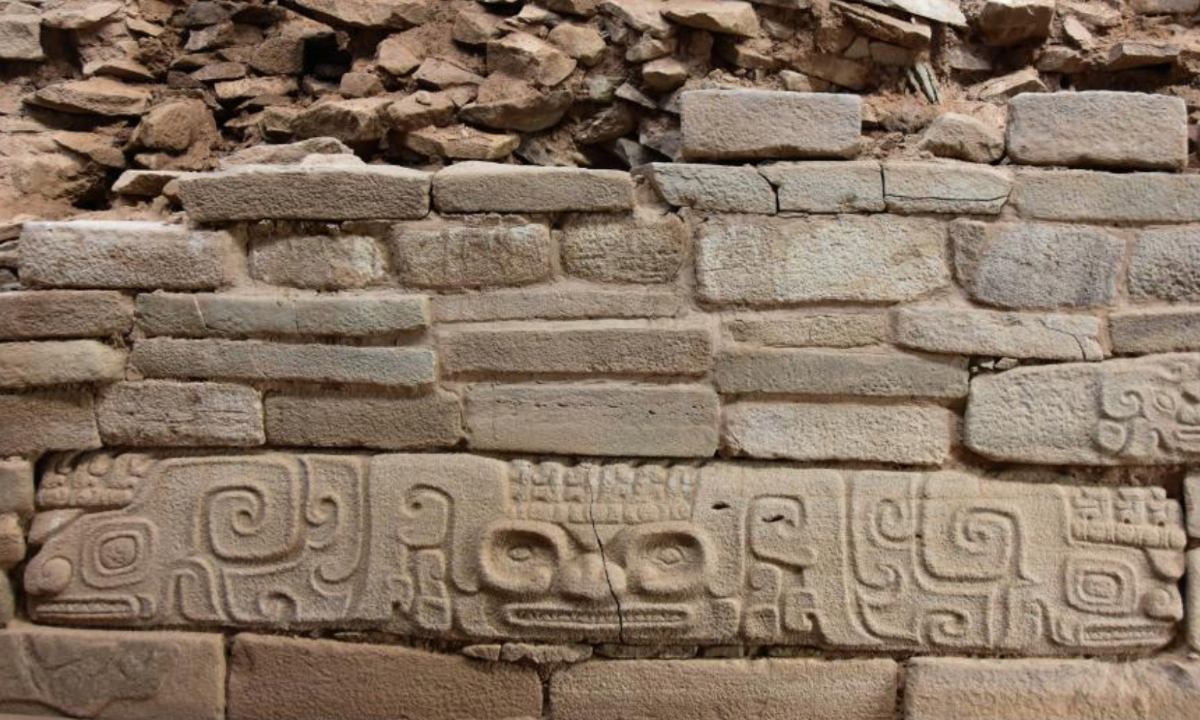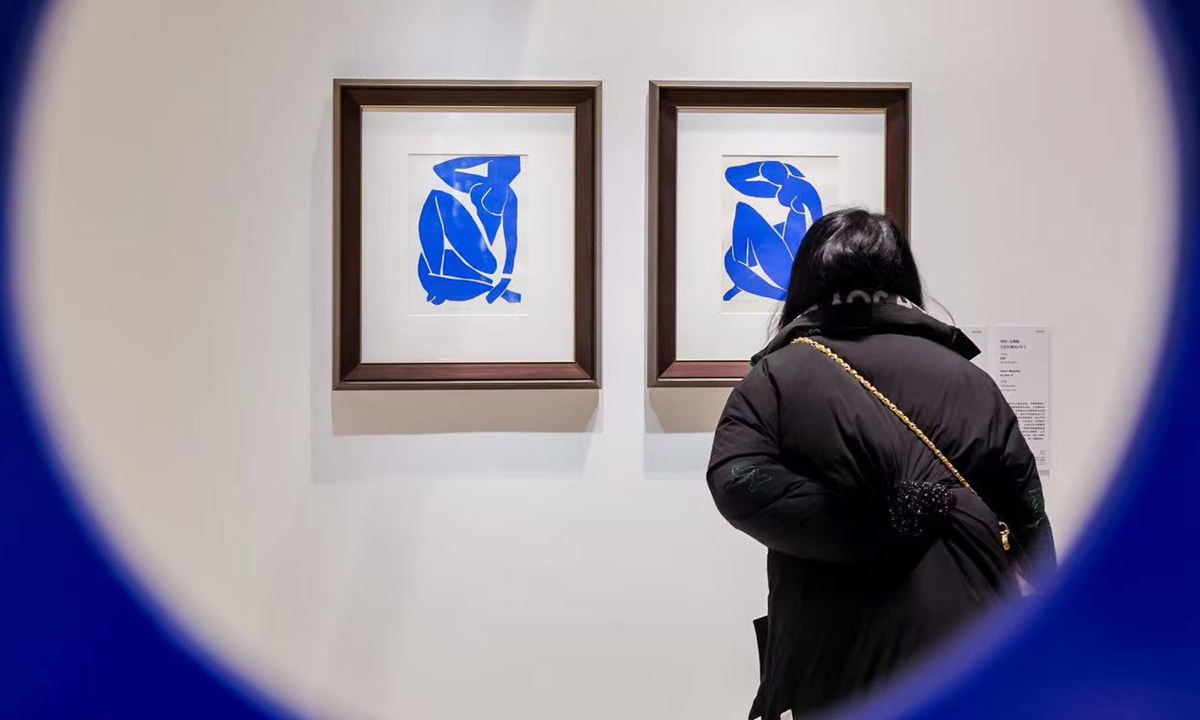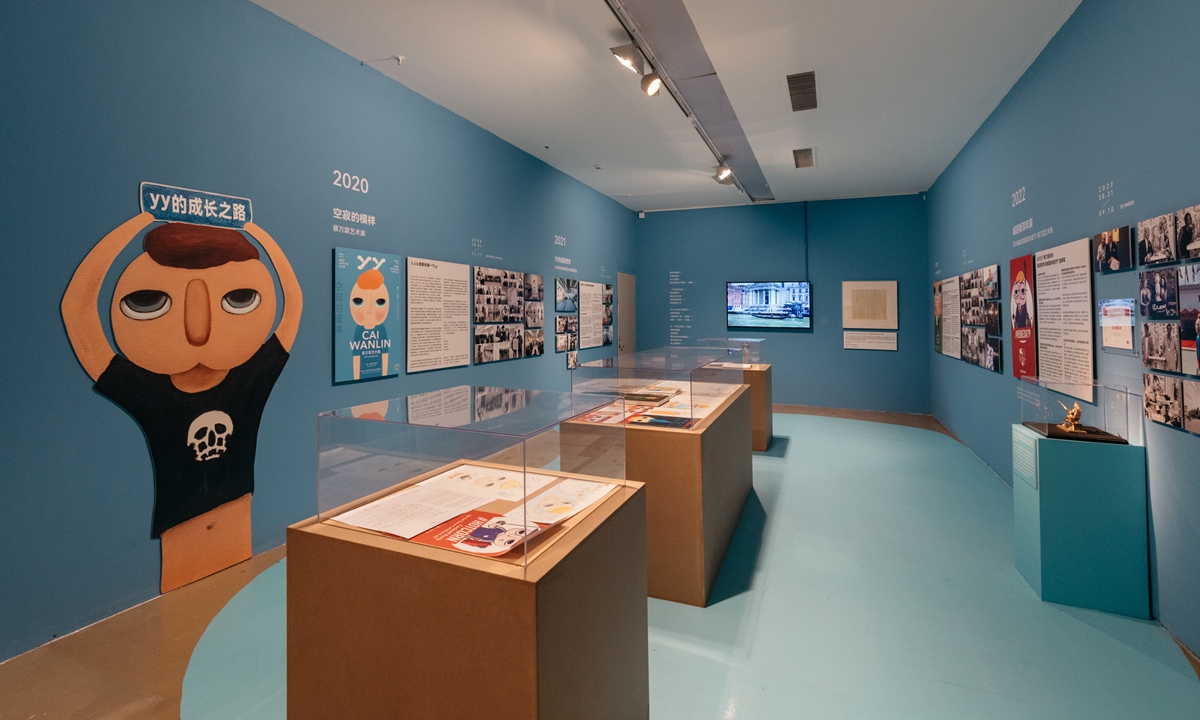ARTS / CULTURE & LEISURE
Cemetery remains discovered in Shaanxi Province, revealing Xia Dynasty society

Photo taken on Aug. 6, 2022 shows stone carvings excavated from the Shimao ruins, an important prehistoric site in Shenmu City, northwest China's Shaanxi Province. Photo: Xinhua News
A new discovery has been revealed at the Shimao Site, a major area of research in investigating the origins and early development of Chinese civilization: a well-preserved cemetery.
The discovery was revealed at a Thursday press conference held by Shaanxi Provincial Cultural Relics Bureau as part of the province's 2022 archaeological highlights.
The ancient cemetery has a sophisticated configuration. It includes 15 tombs that were separately reaching both north and south of the cemetery area. Also, tombs in the central and southern part of the cemetery were conjoined with a stone wall surrounding it.
With other treasures such as pottery items that were painted in red and jade objects, the ancient cemetery is the highest-grade one that has been found at the Shimao Site.
Xue Ruiming, an archaeological expert, told the Global Times that one of the major characteristics of the cemetery was ancient people's class differentiation, which can be seen from the allocation of the tombs.
"The discovery of the cemetery for high-level nobles shows the diversified nature of ancient society. The cemetery configuration also reflects ancient people's mature architectural planning ingenuity," Zhang noted.
As part of the Xia Dynasty (c.2,070 BC-c.1,600 BC), the Shimao Site is believed to have been an important center in the northern China of 4,000 years ago. The core area of the site is called Huang Chengtai, which is where the cemetery was found.
"The site is the largest of the early Xia Dynasty to have been found. It depicts a highly complex ancient society. It was very much a complete ruin that looks properly like an ancient capital," Zhang Ying, an expert in Qin and Han Dynasty archaeology, told the Global Times.



